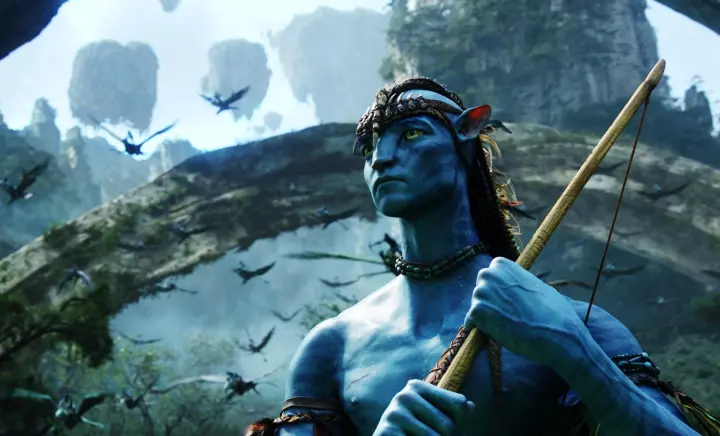
Set to begin production in the very near future, the trilogy of sequels is expected to kick off in 2016, with subsequent films rolling out in 2017 and 2018. And according to Cameron, audiences can expect a truly “bitchin'” experience.
“I can tell you one thing about them,” Cameron told Empire. “They’re gonna be bitchin’. You will s–t yourself with your mouth wide open.”
While Cameron has never shied away from setting extravagant goals (or generating extravagant buzz) for his projects, he did offer up a few cold, hard details about the upcoming sequels to the highest-grossing film of all time. Rather than shooting the film in a high-speed 60 frames-per-second format, he’s decided to shoot in 48fps due to the new standard set by The Hobbit trilogy for that format.
“My thinking at the time was that 60 [FPS] might be a better segue to the video market,” he explained. “I’ll be plugging into a system that’s a little more mature, so it makes sense for me to do 48 frames at this point.”
Cameron added that the long delay in in getting cameras rolling for the three-film project is due to the process of treating the trilogy as a single, extended story with the writing team.
“I think we met for seven months and we whiteboarded out every scene in every film together,” he explained. “I didn’t assign each writer which film they were going to work on until the last day. I knew if I assigned them their scripts ahead of time, they’d tune out every time we were talking about the other movie.”
